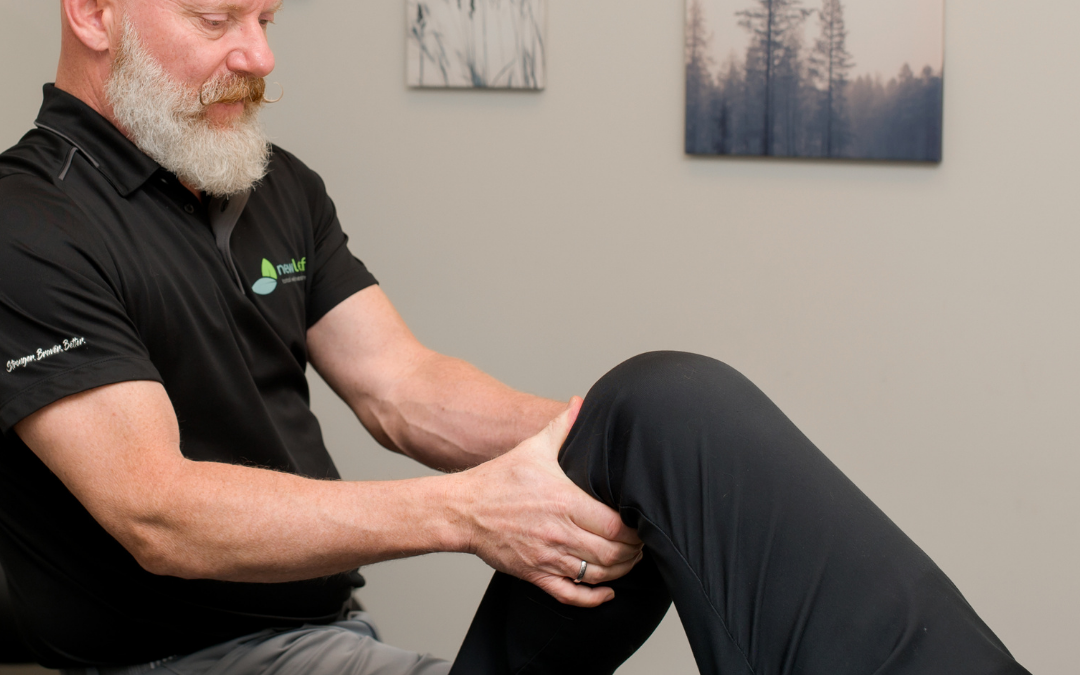Undergoing surgery is a significant event that can impact your physical and emotional well-being. While the procedure may be necessary for your health, recovery can often feel daunting. But with the proper support, particularly from a skilled physiotherapist, and a solid post-surgery rehabilitation program you can regain your independence and return to your daily activities more efficiently.
The Role of Physiotherapy in Post-Surgery Rehabilitation
Physiotherapy is a crucial component of post-surgery rehabilitation. It focuses on restoring movement, improving strength, and reducing pain to help patients get back on their feet. Here’s how physiotherapy can aid in your recovery:

- Personalized Exercise Plans
Every surgical procedure and patient is unique, so physiotherapists create tailored exercise programs. They design these plans to meet your needs and recovery goals, ensuring safe and effective rehabilitation.
- Pain Management
Post-operative pain can hinder your progress. Physiotherapists use techniques such as manual therapy and targeted exercises to alleviate pain and discomfort, helping you move more freely.
- Improving Mobility and Strength
A primary goal of physiotherapy is to improve mobility and regain strength. Through structured exercises and therapies, physiotherapists focus on enhancing the function of the affected area, which is critical for restoring your independence.
- Preventing Complications
Prolonged immobility can lead to complications such as blood clots or muscle atrophy. Engaging in a physiotherapy program can help prevent these issues by promoting circulation and maintaining muscle tone.

What to Expect from Post-Surgery Rehabilitation Sessions
When you begin your post-surgery rehabilitation program, your physiotherapist will thoroughly assess your condition, surgery details, and personal goals. Here’s what a typical session might involve:
- Assessment – Evaluating your current range of motion, pain levels, and overall condition.
- Goal Setting – Establishing achievable milestones to keep you motivated and on track.
- Treatment Plan – Implementing exercises, manual therapy, and other treatments tailored to your needs.
- Progress Monitoring – Regularly reviewing your progress and adjusting your plan as necessary to ensure optimal recovery.
Tips for Maximizing Your Rehabilitation Success
- Be Consistent – Attend all scheduled physiotherapy sessions and perform any recommended exercises at home.
- Communicate Openly – Keep your physiotherapist informed about any pain or difficulties you experience.
- Stay Positive – Recovery can be challenging, but maintaining a positive mindset is crucial for success.
- Follow Post-Op Guidelines – Adhere to any restrictions or instructions provided by your surgeon and physiotherapist.
For Caregivers
If you’re caring for someone recovering from surgery, your support is essential to their rehabilitation. Encourage them to follow their physiotherapy plan, assist with exercises if needed, and ensure they’re comfortable and supported during this time.
Conclusion
Physiotherapy is an invaluable tool for anyone looking to regain independence after surgery. Working closely with a physiotherapist ensures your recovery is efficient, safe, and tailored to your needs. Don’t hesitate to explore the benefits of physiotherapy as part of your post-surgery rehabilitation process.
Ready to take the first step toward your recovery? Book an appointment with a qualified physiotherapist today and start your journey to reclaim your independence.


